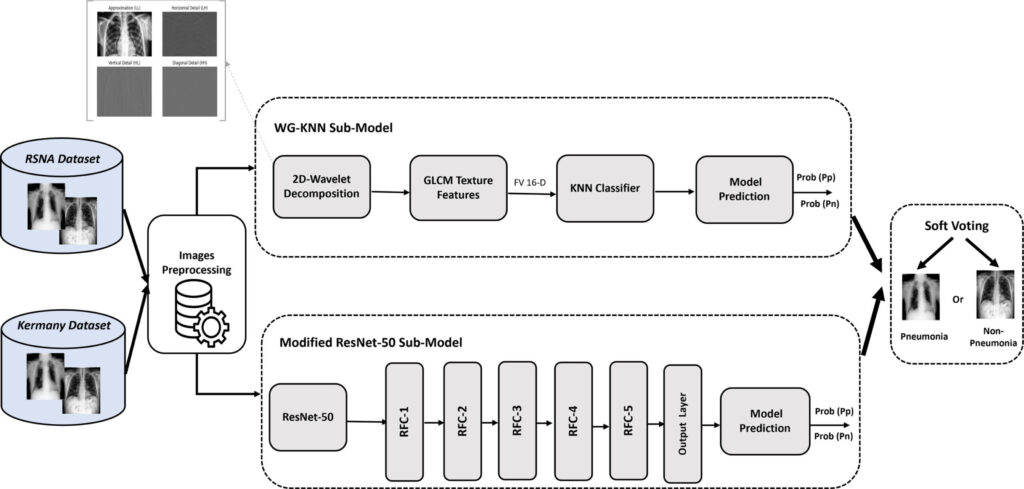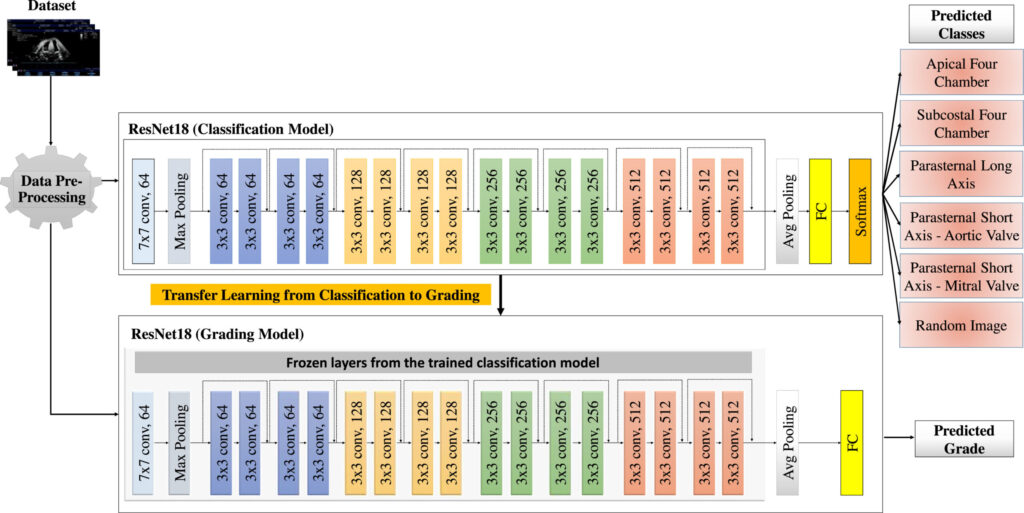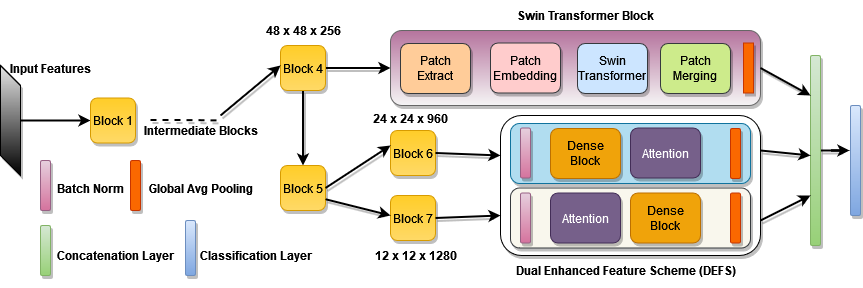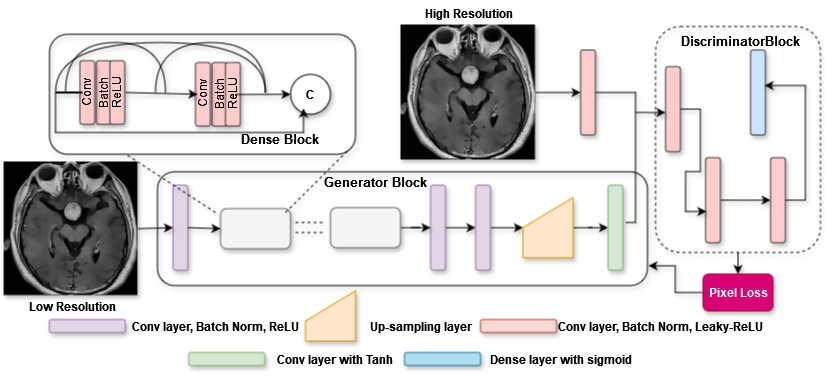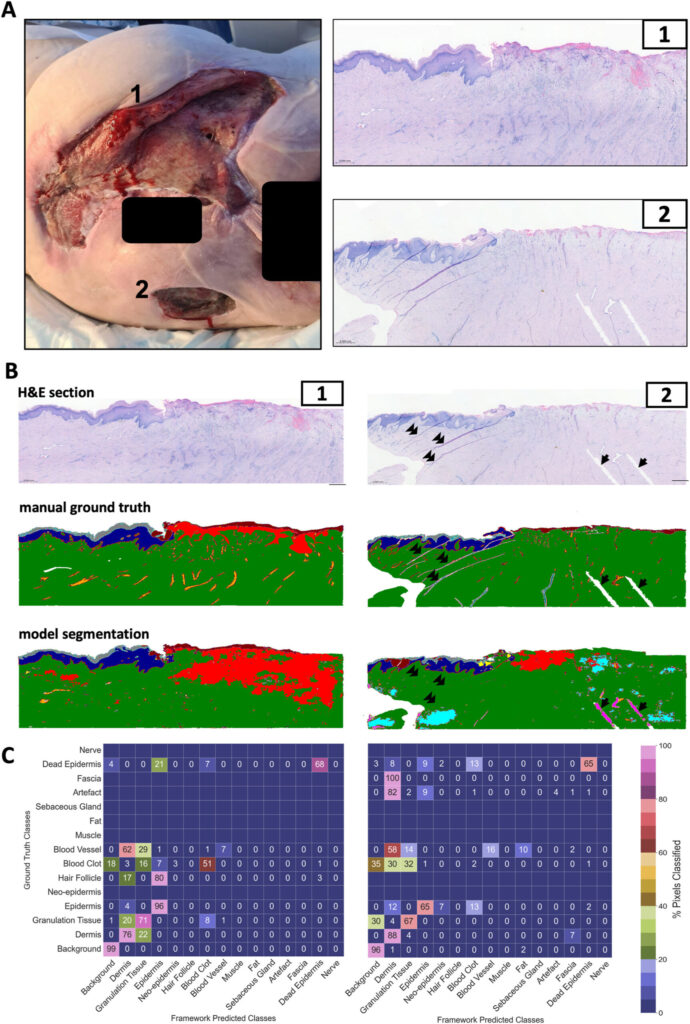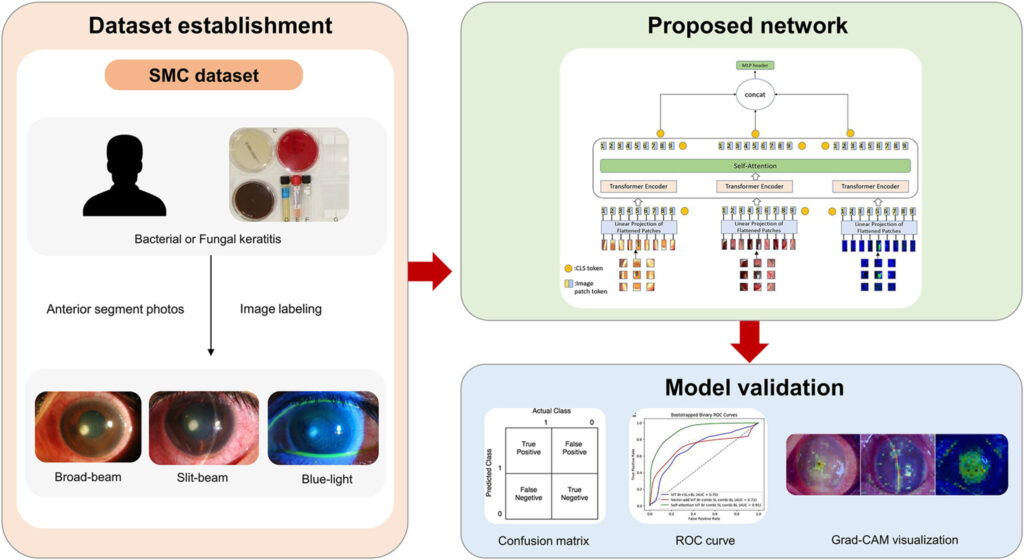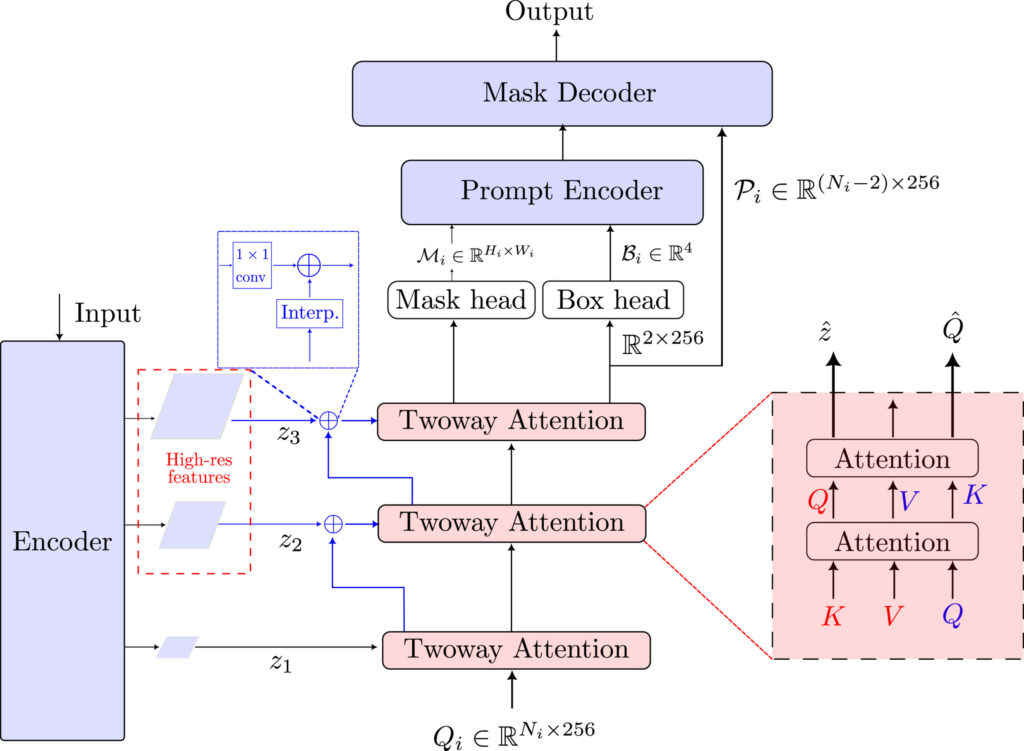Adaptive Multi-Teacher Knowledge Distillation for Segmentation
Medical image segmentation is a cornerstone of modern diagnostics, enabling precise identification of tumors, organs, and anomalies in MRI and CT scans. However, challenges like limited data, privacy concerns, and the computational complexity of deep learning models hinder their real-world adoption. Enter adaptive multi-teacher knowledge distillation—a groundbreaking approach that balances accuracy, efficiency, and privacy. In this […]
Adaptive Multi-Teacher Knowledge Distillation for Segmentation Read More »



